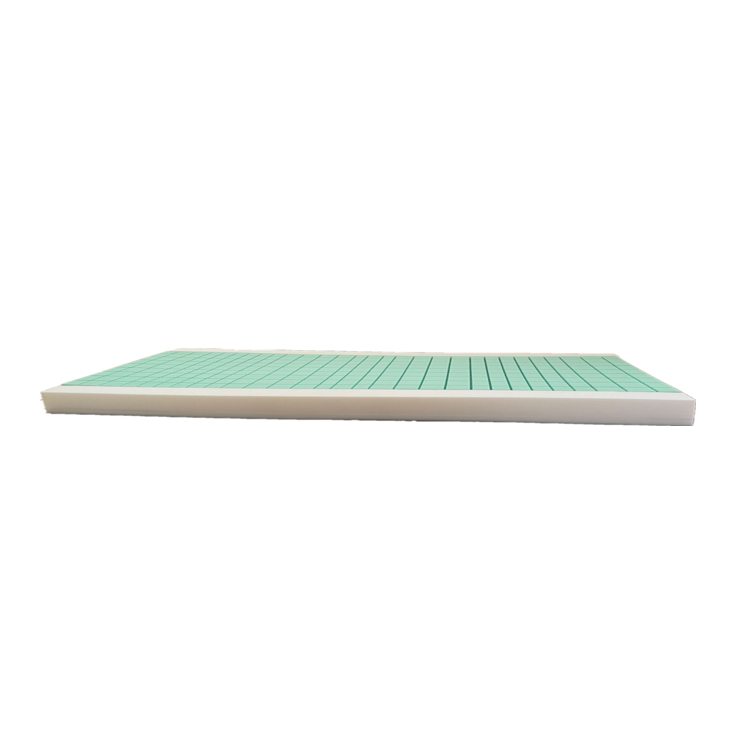Affordable Options for Hospital Bed Mattresses and Their Prices
The Importance of Hospital Bed Mattresses and Their Price Considerations
When it comes to healthcare settings, the comfort and well-being of patients are paramount. One often overlooked aspect of patient care is the quality of the mattress used on hospital beds. Hospital bed mattresses play a critical role not only in comfort but also in prevention of complications such as bedsores and pressure ulcers. Consequently, understanding the various types of hospital bed mattresses and their price ranges is essential for healthcare facilities, caregivers, and families alike.
Types of Hospital Bed Mattresses
Hospital bed mattresses come in various types, each designed to cater to different patient needs. The most common types include
1. Foam Mattresses These are often the most affordable option and provide adequate support for low to moderate-risk patients. They are lightweight and easy to handle, making them a popular choice in many healthcare environments.
2. Gel Mattresses These mattresses provide improved pressure distribution compared to standard foam. They are designed to draw heat away from the body, providing a cooler sleeping surface. However, they tend to be pricier than foam mattresses.
3. Air Mattresses Known for their adjustability, air mattresses are filled with air chambers that can be inflated or deflated to accommodate the patient's comfort and support needs. These mattresses are ideal for high-risk patients and are often used to prevent pressure ulcers. However, they carry a higher price tag, which can be a considerable expense for healthcare facilities.
4. Alternating Pressure Mattresses These advanced mattresses alternate between sections that inflate and deflate, reducing prolonged pressure on any single part of the body. They are often used in critical care settings and are expensive but can significantly improve patient outcomes.
Price Range of Hospital Bed Mattresses
hospital bed mattress price

The price of hospital bed mattresses varies widely, depending on the type, features, and manufacturer. Foam mattresses typically range from $100 to $500. Gel mattresses generally cost between $300 and $1,000, while air mattresses can range from $500 to $2,500. The most advanced alternating pressure mattresses may exceed $3,000.
When budgeting for hospital bed mattresses, it's essential to consider not only the initial purchase price but also the long-term value they provide. Investing in higher-quality mattresses can result in fewer complications, reducing hospital stays and preventing the need for additional treatments.
Factors Influencing the Price
Several factors affect the price of hospital bed mattresses, including
- Material High-quality materials often increase the price due to their durability and effectiveness in preventing pressure sores. - Brand and Quality Established brands with a reputation for quality and innovation often charge more than lesser-known manufacturers.
- Features Mattresses with advanced features, such as adjustable firmness or built-in sensors for monitoring pressure levels, will typically have a higher price point.
- Warranty and Support A warranty can add to the cost but is valuable for ensuring the longevity of the investment. Additionally, customer support and service options can also influence the overall price.
Conclusion
In conclusion, while price is a significant factor when selecting hospital bed mattresses, it is equally important to consider the specific needs of the patient, the quality of the materials, and the potential for long-term cost savings through improved patient outcomes. A well-chosen mattress can significantly enhance a patient's comfort and health, making it a crucial component of healthcare. Whether you are a hospital administrator, caregiver, or family member, understanding the options available can help you make informed decisions that prioritize patient care and comfort, while effectively managing costs.
-
Mattresses Designed for Back Pain ReliefNewsAug.08,2025
-
Innovative Wave Mattresses for Ultimate ComfortNewsAug.08,2025
-
High-Quality Mattresses for Hospital BedsNewsAug.08,2025
-
High-Quality Mattresses for Every NeedNewsAug.08,2025
-
Healthcare Foam Mattress: Sleep Better, Heal FasterNewsAug.08,2025
-
Cube Mattress for Daily ComfortNewsAug.08,2025
-
How Hospital Mattress Choices Directly Impact Patient Comfort and CareNewsAug.05,2025

